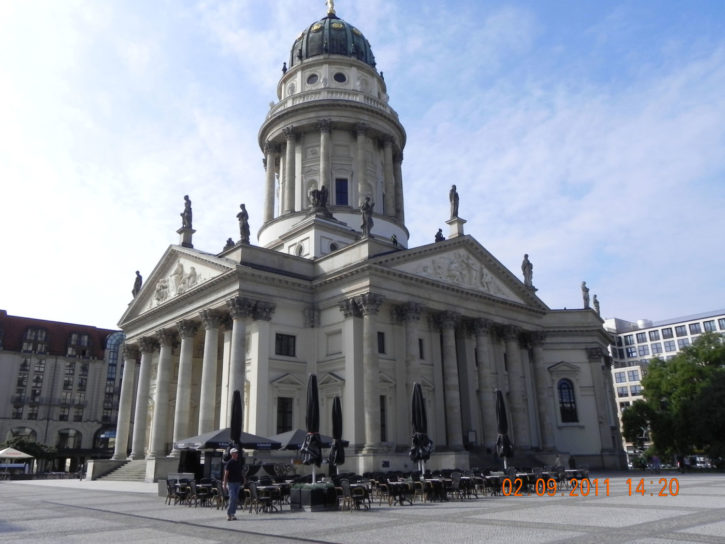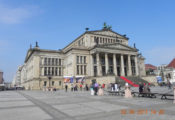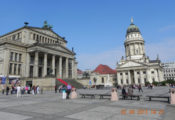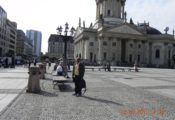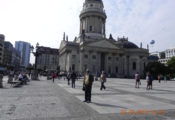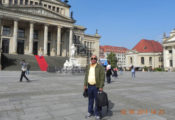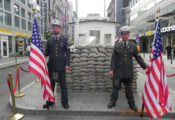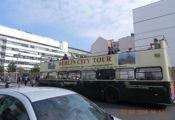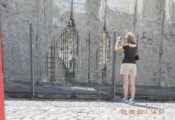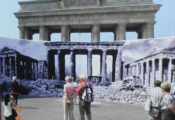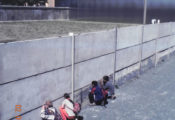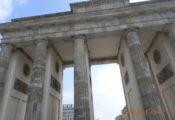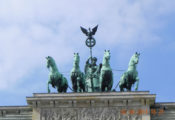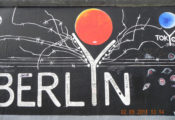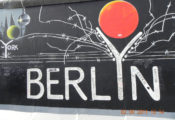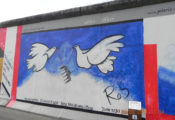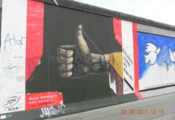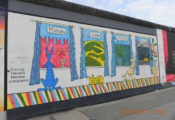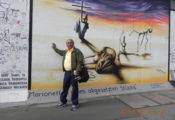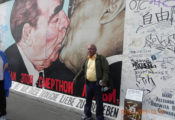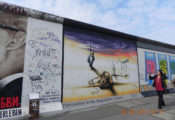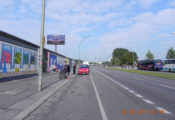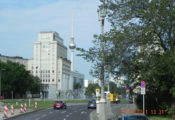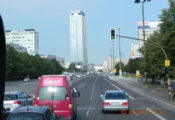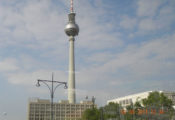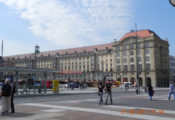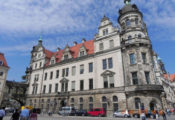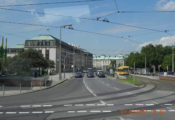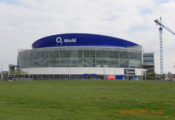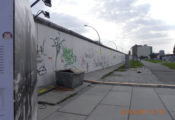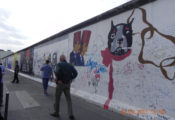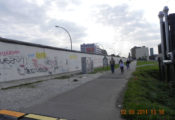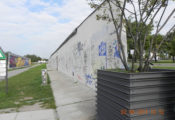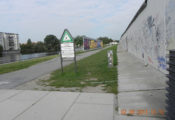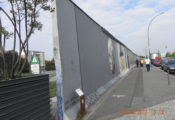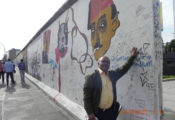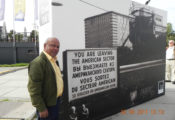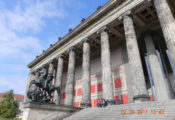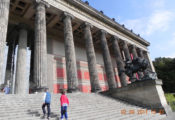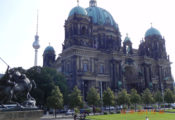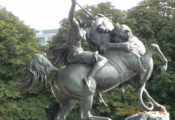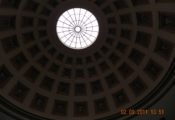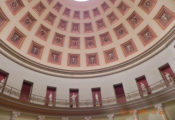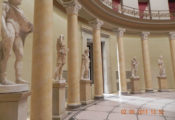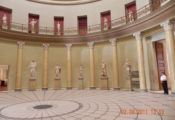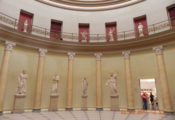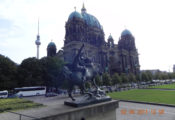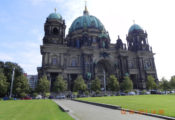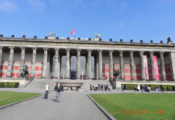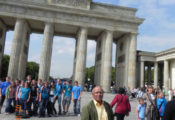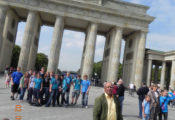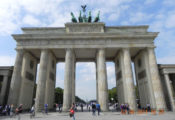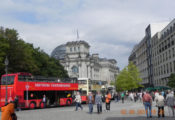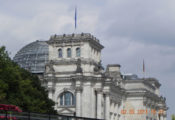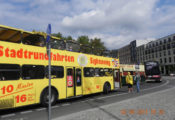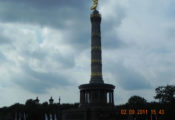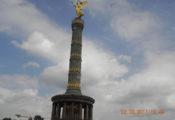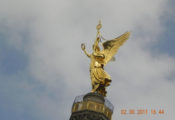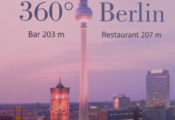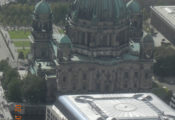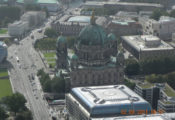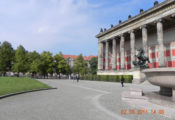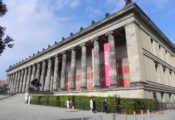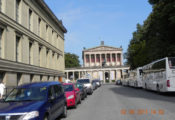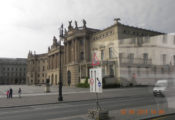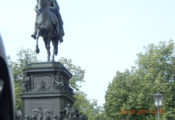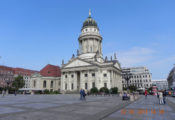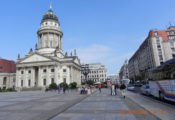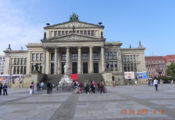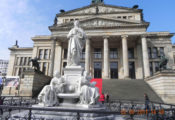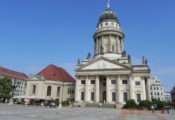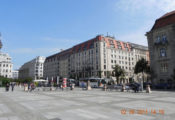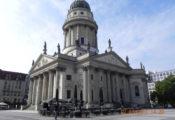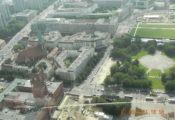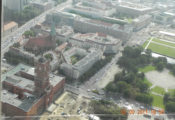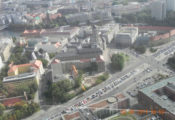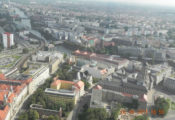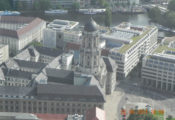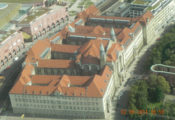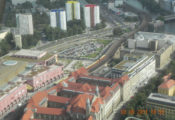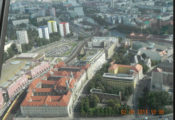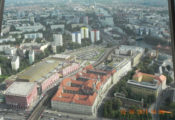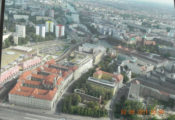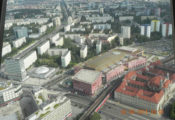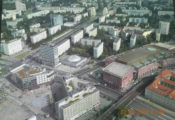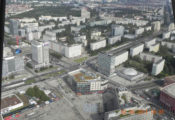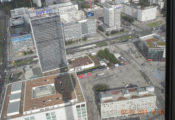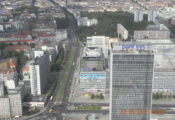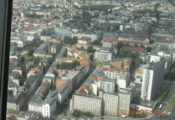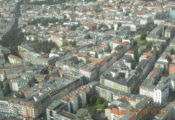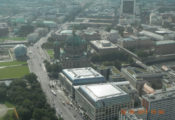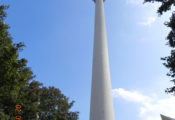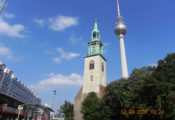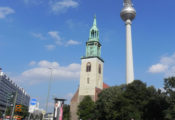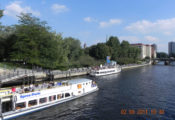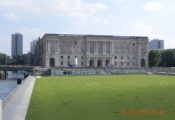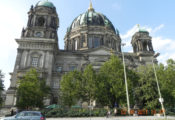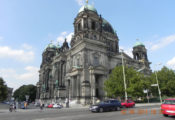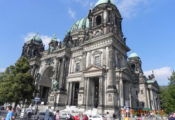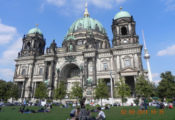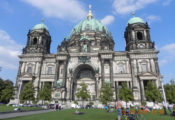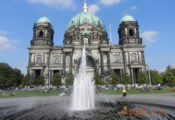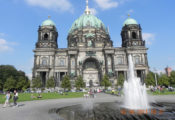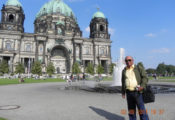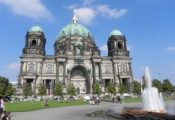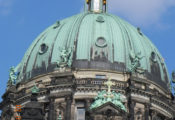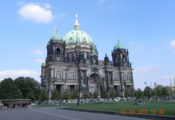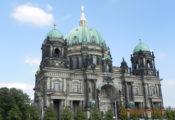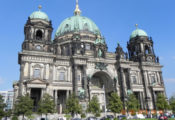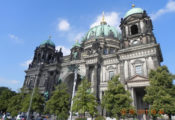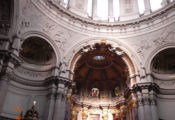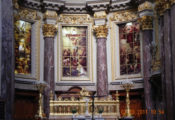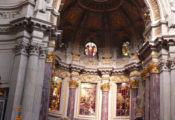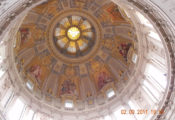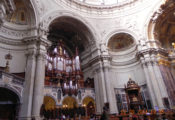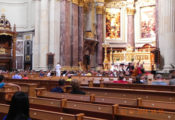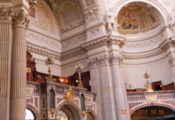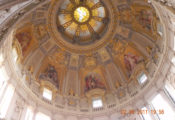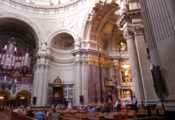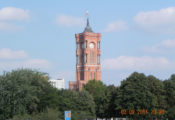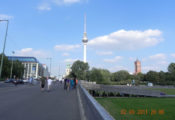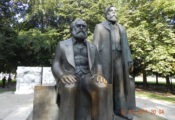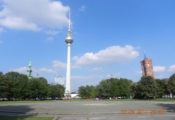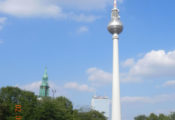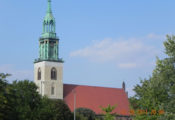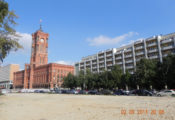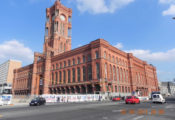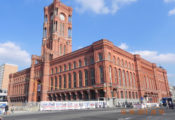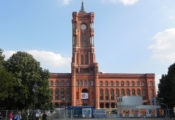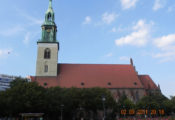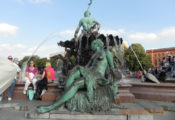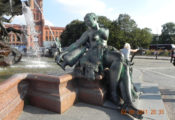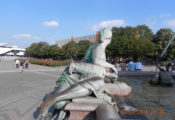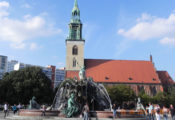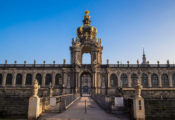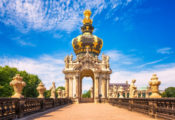02-09-2011
A city as old as 775 years has much to offer than just a vacation. Berlin—the capital city of Germany is one of the busiest metropolises of today’s time. The city invites thousands of tourists from all over the world to come and explore the most time-tested and vibrant culture in the history of human civilization. The seat of many political events that changed the fate of world history, the soil that gave birth of heroes of unmatched valor, of wars, of revolution and much more, the divided city has a lot to tell to its visitors. Germany’s capital city Berlin, dates back to the 13th century. It has a long story to tell its visitors through its iconic architectural structures and places. There are many iconic places to visit in Berlin that brings to life each and every page of world history.
Berlin Wall
The East Side Gallery is an open-air gallery in Berlin. It consists of a series of murals painted directly on a 1,316 m long remnant of the Berlin Wall, located near the centre of Berlin, The gallery has official status as a heritage-protected landmark. According to the an association of the artists involved in the project, “The East Side Gallery is understood as a monument to the fall of the Berlin Wall and the peaceful negotiation of borders and conventions between societies and people”, and has more than three million visitors per year.
Berlin Cathedral
Located in the Museum Island, The Protestant Berlin cathedral happens to be one of the major Berlin attractions. It is one of the oldest architectural structures that was first built as a parish church in the year 1465 on the banks of Spree River. It has seen the rise and fall of empires and its construction stretched till the year 1903 only to be re-opened past the GDR year in 1993. The church is made out of more than ninety sarcophagi and tombs displaying the various glorious political and religious moments etched in the mosaic of the tombs. The Dome’s organ containing in excess of 7000 pipes is one of the largest in the whole of Germany. If you’re in Germany, the cathedral is among the most gorgeous places to visit in Berlin, Germany.
Brandenburg Gate
Such is the twist of time! The erstwhile symbol of the divided city now stands as a symbol of unity and peace. Yet another emblem of the harsh political dictates that fell upon the people of Berlin, the Iron Curtain that mindlessly separated the East and West Berlin during the cold war. In November 1989, the fall of Berlin took place followed by the monument resurrecting itself as a peace symbol that brought the two parts of the city together.
As we can see, the city bears the scars of the past with a smile and this is one of them. Invariable, it is one of the most visited tourist spots in Berlin. Visit this place to experience another important historical event. See how people come with friends and families to spend time and frequent the same spot, the same patch of land that was strictly for ‘no thoroughfare.’
Alexanderplatz
One of the most important and the busiest locations which happen to be a seat for numerous tourist spots as well is Alexanderplatz. Located in the Mitte District of Berlin, some of the major crowd pullers in this area include the 365-meter television Tower, the highest construction in Berlin, Alexa shopping mall, World Time Clock to name a few. This area of Berlin has been an eminent location that has been a part of all its political turmoil and social development.
Check point Charlie
Checkpoint Charlie was the name given by the Western Allies to the best-known Berlin Wall crossing point between East Berlin and West Berlin during the Cold War. East German leader Walter Ulbricht agitated and maneuvered to get the Soviet Union’s permission to construct the Berlin Wall in 1961 to stop emigration and defection westward through the Border system, preventing escape across the city sector border from East Berlin into West Berlin. Checkpoint Charlie became a symbol of the Cold War, representing the separation of East and West. Soviet and American tanks briefly faced each other at the location during the Berlin Crisis of 1961. After the dissolution of the Eastern Bloc and the reunification of Germany, the building at Checkpoint Charlie became a tourist attraction. It is now located in the Allied Museum in the Dahlem neighborhood of Berlin.
TV Tower Berlin
A lift takes the guests up to the viewing platform of the TV Tower Berlin and the rotating restaurant “Sphere”, which offers you a 360° vista. From up here the bustling metropolis looks like a miniature version of itself in a toy store. Even sights that are further away, like the Reichstag, the Olympic Stadium in Grunewald can be spotted from up here.
Also world-renowned sights in the city centre like the Brandenburg Gate or the miniature version of Berlin Hauptbahnhof are a discovery from up here. Try to spot from a bird’s eye view the ruins of an old monastery not far from the TV Tower, which, as one of the few remnants of medieval Berlin, just doesn’t seem to fit in with the modern day Berlin all around.
TOWN HALL
Built between 1861 and 1869 according to plans by Hermann Waesemann, the first sitting of the magistrate in the new town hall was held as early as four years after the foundation stone was laid. The neo-renaissance building was designed as a multi-winged complex in round-arch style featuring three inner courtyards and a 74 meters high tower. Heavily damaged in World War II, the Red Town Hall was reconstructed in the postwar years. As a result of the division of Berlin the East Berlin magistrate held its sessions in the Red Town Hall and the West Berlin senate in Schoneberg town hall. In 1991 the Red Town Hall became again seat of government of the now reunified Berlin. The Red Town Hall consists of several significant rooms. The armorial hall used to be the meeting place of the city council assembly. The name of the hall derives from the windows which represent all the emblems of Berlin and the emblems of all the districts of the city. Today the armorial hall is used as a reception room for guests of state.
Victory Column
The most famous of the Tiergarten’s monuments is the massive Victory Column (Siegessaule), a 70-meter-tall structure crowned by an eight-meter-high gold statue of Victoria. The statue, dubbed Golden Lizzy by locals, was completed in 1873. It’s well worth climbing the 285 steps to the top of this magnificent monument for the views over the Tiergarten. (And if you look closely, you’ll still see evidence of bullet damage caused during WWII.) The park also contains numerous statues and monuments, including the 1880 Statue of Queen Luise, which depicts her with a relief recalling her care of wounded soldiers during the War of 1806, and an 1849 Monument to Frederick Wilhelm III, with reliefs reflecting the King’s peace-loving disposition.

